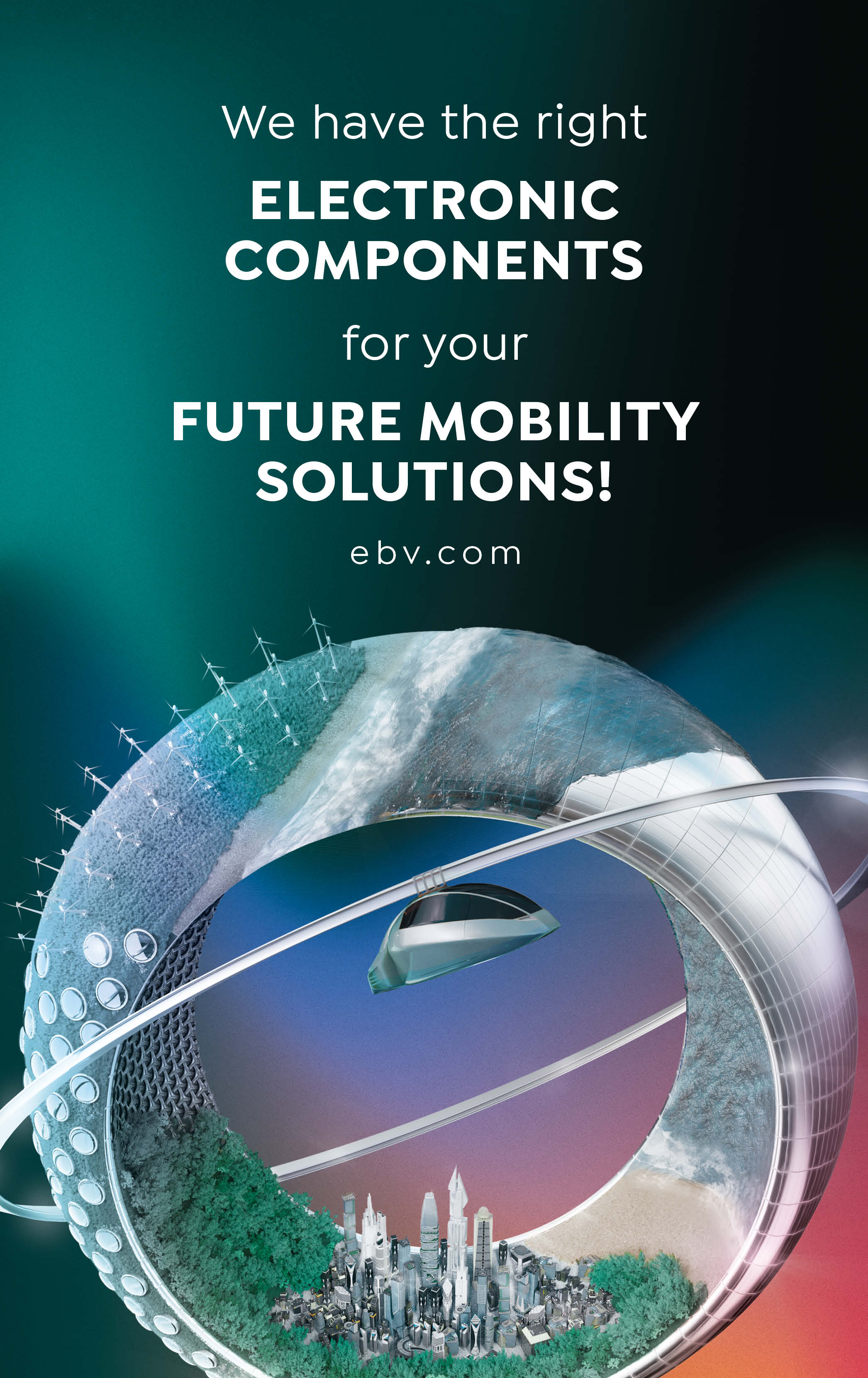Vehicles are communicating with one another, other road users and with the infrastructure. This connectivity makes transport both safer as well as more efficient, and it even allows vehicle functions to be updated over the air.
According to the industry association 5GAA, more than 200 million connected vehicles are equipped with V2X applications via mobile radio which share hazard and traffic alerts on the road. This means that connected mobility is no longer a dream of the future; it is already a reality. V2X is nothing more than the communication between a vehicle (V) and any number of other objects (X). The different applications include communication with other vehicles (V2V), with pedestrians (V2P), power grids (V2G) and with the surrounding infrastructure (V2I).
Inter-vehicle communication
Today’s vehicles are equipped with numerous sensors, used to detect their surroundings. Ultrasound, radar and camera technologies detect obstacles and are already making automated driving functions possible. V2V essentially expands the field of vision of these sensors by using the information from the sensor systems of other vehicles. With this kind of system, data exchange between vehicles becomes possible, even in real time when needed.
For example, a car nearing an intersection with poor visibility can let other road users know that it is approaching, or a vehicle can inform the traffic behind it that it is about to change lanes. In this way, a cooperative kind of driving becomes possible, with cars adapting to the surrounding traffic by coordinating their movements. For example, a vehicle can automatically slow down when it is being overtaken. Cooperative driving reduces incidents resulting from lane changes, sudden braking or other unexpected movements.
Infrastructure is joining in
Transport infrastructure that is intelligent and able to communicate can help to better coordinate traffic and recommend specific measures to road users based on analysed traffic data. For example, automated cars can receive information via V2I on the ideal speed or acceleration based on current traffic conditions. At the opposite end of this system, traffic lights can also “react” to the actual traffic: by accurately recording the flow of traffic via V2X technologies, red and green traffic light phases can be adjusted to the traffic conditions.
More stability for the power grids
V2G technologies are gaining importance with regard to electrification in particular. According to an analysis by EY, the peak load on the electricity grid will increase between 21 and 90 percent due to electric vehicle charging.
If this load is not managed, it can very quickly lead to network overload. The answer is intelligent systems that communicate with one another: thanks to communication between the electric vehicle and the electricity grid, the vehicle battery can be used as a decentralised buffer storage. During times of high electricity demand, the electricity grid can be relieved, as the temporarily stored power can be taken from the electric vehicles. And when the demand for electricity is lower and the price of electricity is cheaper, the vehicle can be recharged.
“Authorities at all levels want V2X technology to progress, so that they can achieve their safety and efficiency goals.”
John Bozzella, President and CEO Alliance for Automotive Innovation
New “over-the-air” functions
Connecting vehicles also enables a function that people are already familiar with, especially from smartphones: updating operating systems via mobile radio connection (over-the-air updates or OTA for short). Lots of manufacturers have already integrated this option into their vehicles, such as Swedish automotive brand Volvo: all of their new vehicles from model year 2023 onwards will benefit from wireless software updates. The function improvements will range from better energy management to improved air-conditioning timers, and even include mobile app functions and applications in the vehicle.
Diverse technologies
The associated communication standards are as diverse as the application scenarios of V2X technologies. China primarily uses the mobile-radio-based CellularV2X technology (C-V2X), while Europe and the US plan to roll-out transmission standards alongside C-V2X which are based on WLAN (DSRC and ITS-G5). It makes perfect sense to use different transmission technologies, as their availability, costs and delays in data transfer differ.
Not every technology is right for every situation. In order to warn drivers about a vehicle that is suddenly about to speed out of a side street, every millisecond matters. Such time-critical information must be exchanged in real time and with a technology that is available and reliable at all times, even if this means higher costs for data transfer. On the other hand, software updates from the cloud or a map update in the navigation system can wait until a more affordable, stationary wireless network is available. In this way, a lot of data can be exchanged in a short timespan. The disadvantage: wireless network hotspots or one’s wireless network at home are not always available.
What is true for people is also true for cars: without a shared language and a good connection, communication doesn’t work. In the future of connected and automated driving, vehicles will be able to communicate seamlessly with one another and their surroundings via V2X technologies. In this way, vehicles will make progress more efficiently and be safer on the roads and always of the state of the art.



